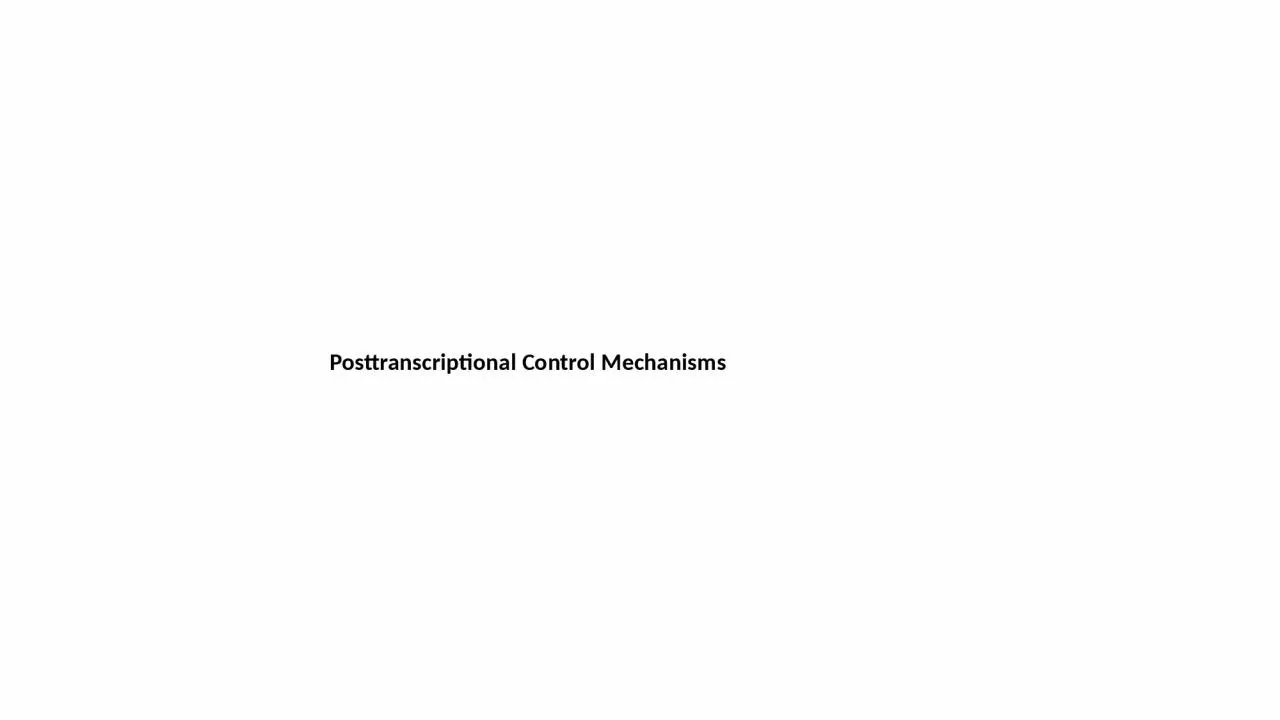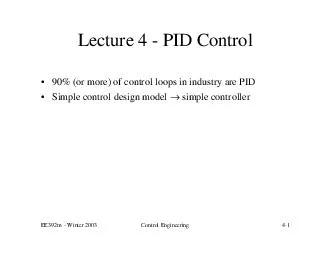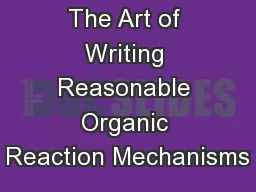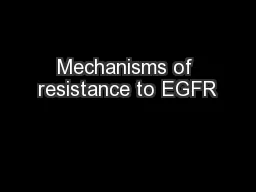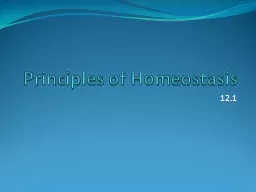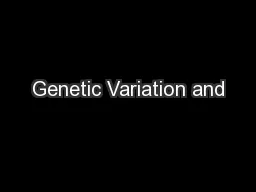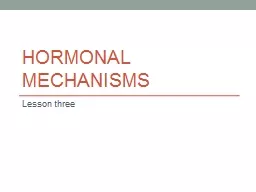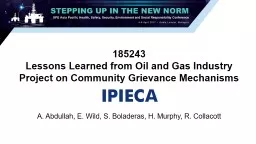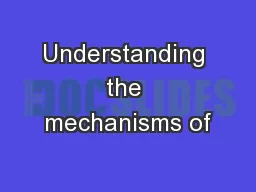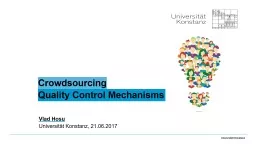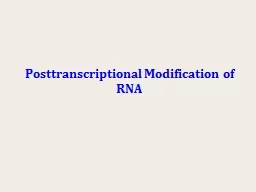PPT-Posttranscriptional Control Mechanisms
Author : pamela | Published Date : 2023-12-30
Posttranscriptional Control Mechanisms mRNAs Are Degraded at Different Rates The range of mRNA stability in eukaryotic cells measured in halflives varies from a
Presentation Embed Code
Download Presentation
Download Presentation The PPT/PDF document "Posttranscriptional Control Mechanisms" is the property of its rightful owner. Permission is granted to download and print the materials on this website for personal, non-commercial use only, and to display it on your personal computer provided you do not modify the materials and that you retain all copyright notices contained in the materials. By downloading content from our website, you accept the terms of this agreement.
Posttranscriptional Control Mechanisms: Transcript
Download Rules Of Document
"Posttranscriptional Control Mechanisms"The content belongs to its owner. You may download and print it for personal use, without modification, and keep all copyright notices. By downloading, you agree to these terms.
Related Documents

